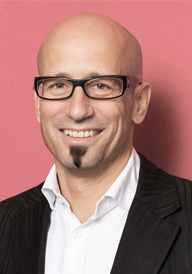


The patient's desire is always the treatment strategy which fits the patient best. The preference of the clinician should not overly influence this decision. Today, in symposiums and seminars the term "evidence-based-dentistry" is becoming more and more popular. It seems that only the clinician who is current with the literature can be a good dentist. But there are other factors which should be taken into consideration for the right treatment option for each specific clinical situation. It is the wishes and the expectations of the patient plus what can be realistically achieved.
In addition, it is obvious that the media and the internet also influence the opinion of our patients toward many directions. Sometimes patients show up in your office and want their teeth replaced by dental implants because they have heard that implants are better then natural teeth.
Here is where I would like to start my lecture. We need to be careful with what we state. There is no doubt dental implants are great tools but are they better then our natural teeth? I think today we should still put the emphasize on maintaining teeth as long as possible. We should educate ourselves in the techniques to save teeth. If we need to place dental implants then we should perform the treatment with a thoughtful biological approach.
After this philosophic approach I would then like to discuss with you clinical cases and how to perform surgeries in a predictable way. I would like to address specifically the "incision-free" flap elevation (tunnelling technique). Flap elevation without detachment of the papillary tissues and without vertical releasing incisions contributes to accelerated blood supply and uneventful wound healing. Moreover, it seems obvious that avoiding any kind of visible incisions on the tissue surface allows for an improved aesthetic outcome due to a minimized risk of post-operative scar tissue formation. For these reasons, tunnelling flap procedures have developed into a versatile clinical tool that may be today regarded as a genuine and promising alternative in mucogingival therapy in the aesthetic zone.
About the Speaker